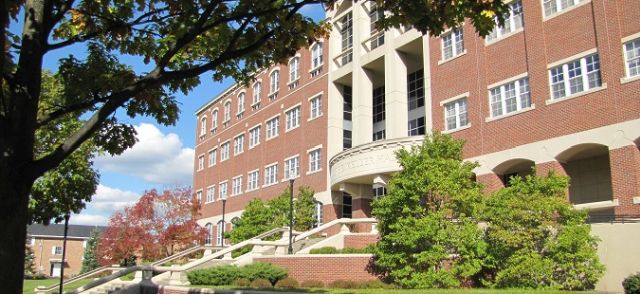Document Type
Article
Publication Date
2015
Publication Source
Savannah Law Review
Abstract
A key insight of modern property scholarship is that property rights are limited by the rights of others. In the antebellum era, slave owners’ property rights in fugitive slaves who escaped into the North existed in tension with the rights of free blacks who might be wrongfully claimed. At first, the Fugitive Slave Act of 1793, as supplemented by the law in most Northern states, limited a slave owner’s property rights by providing limited legal protections to free blacks against being erroneously claimed as slaves. As attitudes towards slavery changed, however, state laws in the North became increasingly protective of free blacks, and Southerners became less willing to accept any limitations on the right to recover fugitive slaves. The Supreme Court responded in Prigg v. Pennsylvania by striking down state law limitations on slave owners’ ability to recapture fugitive slaves. Congress followed suit in the Fugitive Slave Act of 1850 by federalizing a strong property right in fugitive slaves that was only marginally limited by the alleged slaves’ rights to freedom.
This article argues that the federal government’s one-sided approach to the fugitive-slave issue generated an antislavery backlash that undermined Northern support for the rendition of fugitive slaves, making rendition costly and dangerous. The fugitive slave issue, therefore, suggests that property rights that ignore the rights of others are not only unjust, but, in the right circumstances, can also be self-defeating.
Inclusive pages
21-44
Document Version
Published Version
Copyright
Copyright © 2015, Savannah Law Review
Publisher
Western Newspaper Publishing Co.
Volume
2
Issue
1
Peer Reviewed
yes
eCommons Citation
Schmitt, Jeffrey M., "The Federal Right to Recover Fugitive Slaves: An Absolute but Self-Defeating Property Right" (2015). School of Law Faculty Publications. 35.
https://ecommons.udayton.edu/law_fac_pub/35




Comments
Document is made available for download with permission of the publisher. Link to article on publisher's website.
Permission documentation is on file.